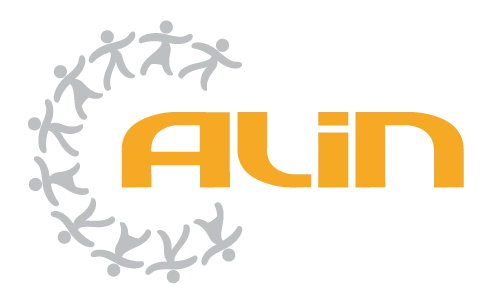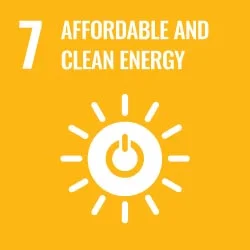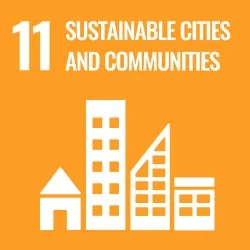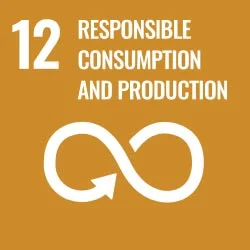Youth farmer journey in green peas production

Future food security in Kenya rests with the youth and few young people envision a future in which they practice agriculture to earn a living. However, due to growing interest in farming, efforts to involve children in agriculture have begun to pay off in Ol-Moran Ward, Laikipia West Sub County. Peter Nderitu, 24, earned his Bachelor of Psychology degree from Egerton University last year. Instead of going to Nairobi to hunt for a white-collar career, he asked his parents for a two-acre plot of land so he could start an agricultural business. Nderitu frequently visits Ng’arua Maarifa Centre where he sources information about the various agricultural sectors that he might succeed in the Naibrom area.
The centre was established by the Arid Lands Information Network (ALIN) to equip farmers with access to information on agriculture, national resource management, and climate change among others. The necessary expertise He gained from his vast research on cultivating green peas at the centre equipped him with the confidence to launch his project. Armed with KES 15,000, he embarked on a path few recent graduates Contemplate on. “I decided on green peas as I learned that they mature fast and also do well in this region. I initially targeted the December market but this was not possible as I planted late in November,” said Nderitu. He pointed out that peas benefit from the availability of well-drained soil in the area and that moist growth conditions are optimum for producing high yields and high-quality peas. Peas are one of the nutrient-dense leguminous vegetables. They contain Phyto-nutrients, minerals, proteins, vitamins, and antioxidants.
With an investment of KES 1800, he used six kg of seeds per acre. Nderitu claimed that his yield was negatively impacted by his lack of understanding of appropriate agricultural methods because he should have been using about 10 kg per acre. He used a 45-centimetre spacing between plants and a meter between rows. He later recognized that his spacing was not suitable after doing research at the Maarifa Center. He now intends to increase the spacing during the next planting season. Despite the fact that he failed to stake the crops, he later realized the significance of staking for fresh market peas of high grade. He has not been utilizing the appropriate amount of fertilizer because it is expensive, as evidenced by the fact that the two-acre farm only received one bag of DAP. “I have been taking my green peas to Sipili market. I had expected the peas to retail at KES100 per two-kilogram tin but due to oversupply in Sipili, the price is not attractive as a two-kilogram tin currently retails at KES50,” said Nderitu adding that lack of a stable market is a major hindrance.
On a good day, he makes KES1000 by selling 40 kilograms of peas. He is currently looking for substitute markets. Initially, a Nairobi-based buyer had committed to purchasing all of the farm’s products; but, as this process took a while, the farmer decided to start selling the peas to avoid losing their nutritional value. He anticipates continuing to harvest over the upcoming month. A substantial setback has been caused by pests and illnesses, particularly aphids. Despite spraying, the aphids continued to wilt and distort the plants, resulting in smaller and stunted pods and seeds. To get rid of the pests, he had to spray the peas twice. He asserted that it is inaccurate for some young people to believe that farming is outdated and that people who work in agriculture are mostly peasants. “I have learned a lot and I expect that I will be a better farmer during the next season. I realized that embracing new agricultural technologies can go a long way in ensuring that one succeeds as a farmer,” said Nderitu Given the support from the Kenyan government in addressing hurdles faced by young people in agriculture, notably the difficulty of gaining access to financing facilities and markets, Nderitu believes this will encourage more young people to choose agriculture as a career.












